Adaptive Edge Coaching empowers people to change themselves to adapt to their current or desired environment, or to change their environment in order to thrive. If, along this road, a person discovers an Immunity to Change (ITC) within themselves and there is a deeply ingrained belief or fear that they are struggling with, then we follow the specific method as developed by Robert Kegan at Harvard University for overcoming it. They understand their problem fully but cannot seem to change or ditch dreaded patterns of emotion, beliefs, and behavior. There is a clear path that can be taken to overcome this blockage. It comes in the form of 9 exercises in 3 phases. If you would like to understand how ITC was created, and what the benefits of this process are, see my post: What is Immunity to Change Coaching?
Opening Moves: Setting the Stage
Exercise 1: Honing Your Map: Review and revise your immunity map, as needed, so that it feels powerful to you and you have a testable Big Assumption.
Exercise 2: Time-One Survey: Get external input on the importance and value of your Column 1 Goal, and create a baseline of how well you are doing on the goal at the start of the process.
Middle Game: Digging into the Work
Exercise 3: Continuum of Progress: Envision what full success looks like in achieving your Column 1 goal as you imagine no longer being captive of your Big Assumption(s).
Exercise 4: Self-Observations: Tuning in to The Big Assumption in Action & Observing Counter-Examples of the Big Assumption: Deepen your understanding of your Big Assumption, including when it “runs” you and when it is inaccurate. Draw on the results of these observations to make your ITC map and Continuum of Progress more inclusive of what you are learning.
Exercise 5: The Biography of the Big Assumption: When did it get started? What is its history? Reflect on the current relevance of your Big Assumption by understanding when, where and how it originated. By looking back with your current capabilities as an adult on the origin of your Big Assumption, you may develop a more objective relationship to your Big Assumption.
Exercise 6&7: Testing the Big Assumption: Intentionally behave counter to how your Big Assumption would have you act, see what happens, and then reflect on what those results tell you about the certainty of your Big Assumption. Draw on the results of your tests to make your ITC map and Continuum of Progress more inclusive of what you are learning. Test your Big Assumption once, twice, three times or as many times as you need until you are confident of when, if at all, it applies.
End Game: Consolidating Your Learning
Optional: Time-Two Survey: Get input (from the same people you heard from in Survey #1) on your Column 1 Goal. Compare your self-assessment of progress with what they see. Hear about the effect of your changes on others.
Exercise 8: Hooks and Releases: Take stock of the current status of your Big Assumption, how to maintain your progress, and how to guard against future slippage.
Exercise 9: Future Progress: Once you are “Unconsciously Released” from your current Big Assumption, you may want to consider re-engaging the Immunities process, especially around any unmet goals or areas in which you currently feel stuck or discouraged. All the exercises and tools in the Overcoming-immunities process are re-usable.
You can take a look at my general Themes and Exercises, as well as Client Testimonials. Each of my specialty domains, Life Changes, Healing, Soft Skills, and Performance focuses on helping a person overcome their current habits to change certain aspects of themselves, their relationships, their environment, or all of the above. Email me at greg@adaptiveedgecoaching with any questions or to set up a free initial consultation to learn more.


